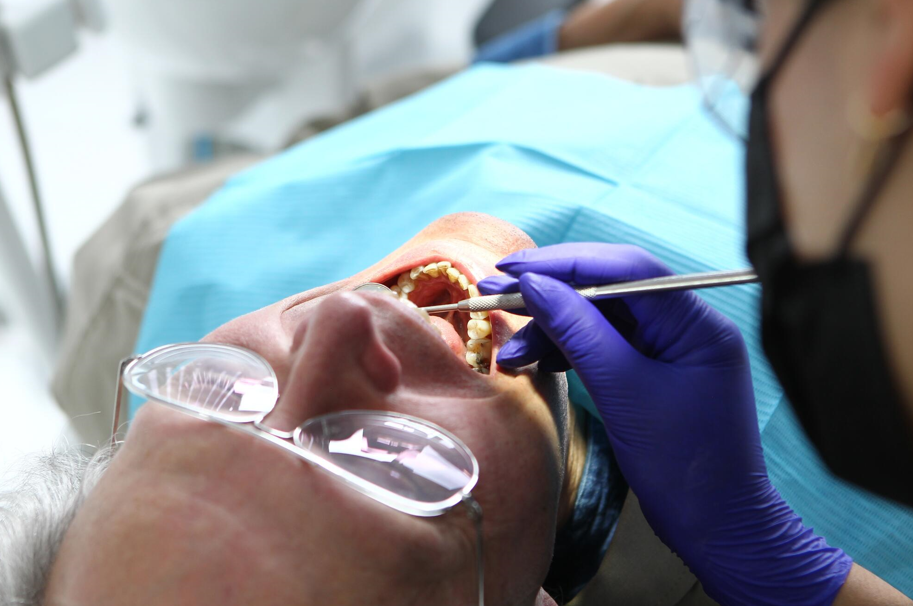Digital twin technology is transforming industries by creating virtual replicas of physical assets, systems, and processes. These digital models allow businesses to stimulate, analyze, and optimize real-world operations in real time.
But which industries can benefit the most from digital twin technology?
Here are six sectors that can leverage this game-changing innovation.
1. Manufacturing Industry
Manufacturers can use digital twin technology to improve efficiency, enhance the quality of their products, and reduce operational downtime.
By stimulating production lines, manufacturers can find out inefficiencies in their processes and optimize them before making costly physical changes.
Digital twins can also predict maintenance, which helps prevent machinery breakdowns and unexpected downtimes, both of which improve overall productivity.
Consider digital twin consulting services to ensure a seamless transition to smart manufacturing. These services can help businesses integrate these models effectively.
2. Healthcare Industry
Digital twin technology plays a crucial role in the healthcare industry, especially in personalized medicine. Digital twins help professionals test medical devices and manage hospitals.
For example, virtual models of organs can help doctors practice complex surgeries before operating on a real patient. This minimizes the risks, too.
Hospitals can also use digital twins to analyze patient flow, optimize bed management, and allocate resources efficiently.
Overall, using digital twin technology in healthcare scenarios is a great way to improve patient care and reduce costs.
3. Smart Cities and Infrastructure
Digital twin technology is already reshaping urban planning and architecture by providing detailed models of cities and infrastructure.
These virtual environments can also help authorities monitor traffic patterns, improve public transportation systems, and plan large-scale construction projects.
With digital twin technology, city planners can make informed decisions to improve sustainability and energy efficiency. Smart cities built with digital twins also respond better to disasters and have a more efficient management of resources.
4. Aerospace and Defense
The aerospace and defense sectors can use digital twins for aircraft design, predictive maintenance, and mission planning.
With digital twin technology, engineers can create virtual prototypes of aircraft and test aerodynamics, materials, and safety features before producing it in real life.
Digital twins also help monitor aircraft performance in real time, allowing airlines to prepare beforehand for maintenance.
5. Automotive Industry
Automotive companies can use digital twin technology to streamline vehicle design, simulate crash tests, and improve self-driving technology.
Virtual models help engineers analyze aerodynamics, improve fuel efficiency, and refine autonomous driving algorithms.
Vehicle manufacturers can use digital twins to optimize supply chains, keep an eye on production processes, and carry out virtual stress tests on different components. All of this ensures a safer, more reliable, and cost-effective vehicle.
6. Energy and Utilities
Energy providers benefit from digital twin technology by optimizing power grids, monitoring renewable energy sources, and improving infrastructure.
Analyzing data from real-world assets can help companies prevent equipment failures and reduce energy wastage. For example, wind farms can use digital twins to track turbine performance, predict maintenance needs, and maximize energy output.
In the same way, utility providers can use this technology to manage electricity distribution, ensuring an efficient and stable power supply.











